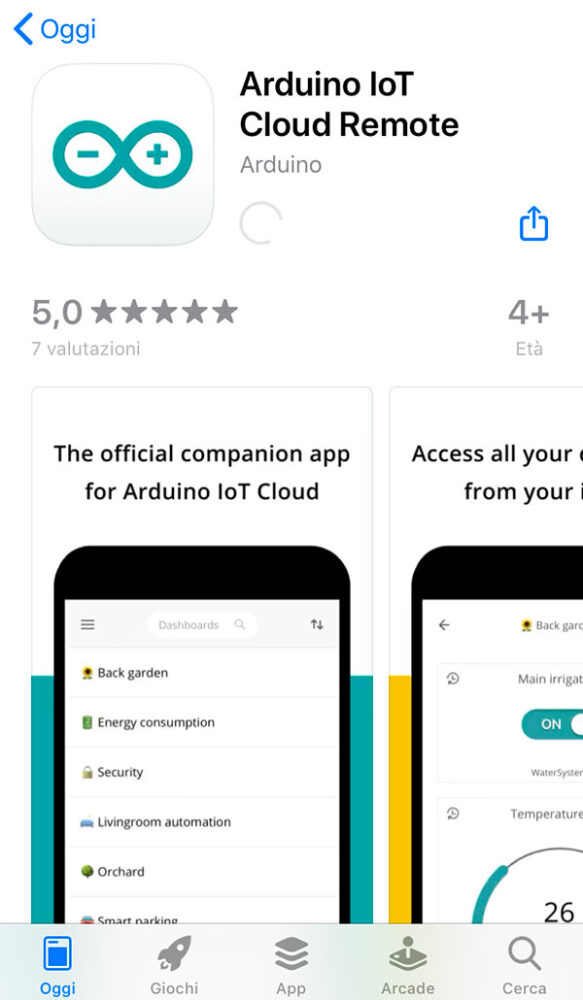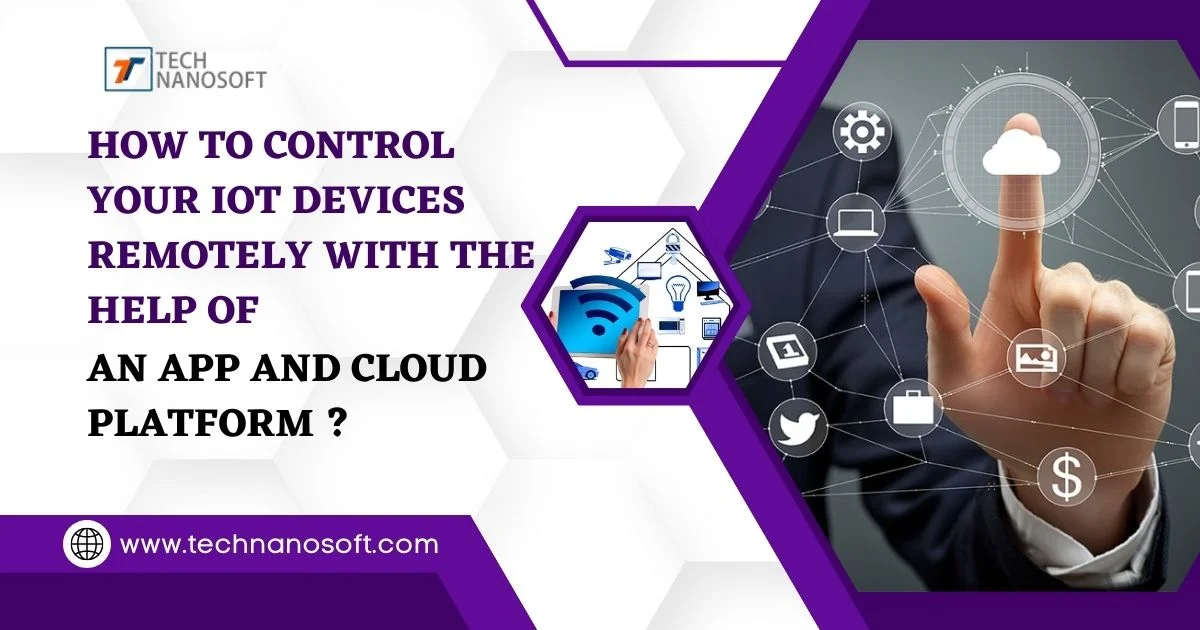Are you struggling to keep pace with the rapid expansion of the Internet of Things (IoT) and the complex demands of remote device management? The ability to effectively manage and secure IoT devices remotely is no longer a luxury; it's a necessity for businesses striving to remain competitive and protect their valuable assets.
The proliferation of connected devices, from smart home appliances to industrial sensors, has created an unprecedented need for robust and efficient management solutions. Traditional methods, such as sending technicians on-site for troubleshooting or relying on cumbersome manual processes, are simply not sustainable in today's dynamic landscape. They are time-consuming, expensive, and prone to errors. This article delves into the core of remote IoT device management, providing insights, best practices, and strategies to help you navigate this increasingly critical aspect of the digital world. We'll explore various platforms, discuss essential security measures, and guide you through the steps needed to build a comprehensive remote management strategy.
One of the foremost platforms in this arena is SocketXP, a cloud-based IoT device management and remote access platform. SocketXP empowers users to remotely manage, access, and monitor their IoT devices, including Raspberry Pi fleets and Linux machines behind NAT routers and firewalls. This eliminates the need for physical presence, offering significant advantages in terms of time and cost savings. SocketXP's capabilities extend to the business panel, enabling comprehensive management of remote IoT devices.
The Digi Remote Manager is a comprehensive application designed for secure asset deployment, monitoring, and control. Digi Remote Manager allows for the individual or grouped management of a large number of devices, simplifying the process of adding and configuring new devices.
The following table provides an overview of essential features and considerations related to remote IoT device management:
| Feature | Description | Benefits |
|---|---|---|
| Device Identification | Assigning unique identifiers (e.g., serial numbers) to each IoT device during deployment. | Facilitates accurate tracking, simplifies troubleshooting, and streamlines management. |
| Firewall Management | Configuring firewalls to protect devices while enabling remote access. Addresses the challenge of devices behind firewalls that block inbound traffic. | Enhances security by controlling access, prevents unauthorized access, and allows remote management. |
| Remote Access Platforms | Utilizing platforms like SocketXP and Digi Remote Manager. | Reduces on-site visits, decreases costs, and increases efficiency. |
| Data Storage and Registry | Leveraging cloud platforms that provide data storage and device registries. | Enables data-driven decision-making, facilitates device tracking, and provides central data access |
| Security Features | Implementing robust security measures to protect against threats. | Protects sensitive data, safeguards against cyberattacks, and ensures device integrity. |
| Mobile App Integration | Developing or utilizing mobile apps for remote device management. | Enhances accessibility, provides real-time monitoring, and enables on-the-go management capabilities. |
| Centralized Management Platforms | Adopting platforms that serve as a central control point for the entire system. | Simplifies control, enhances oversight, and streamlines complex management. |
| API Integration | Utilizing APIs (such as Google Cloud IoT Core API) for remote device management. | Allows for easy integration with existing infrastructure, enabling remote management and monitoring. |
To effectively manage IoT devices remotely, a multi-faceted approach is crucial. This approach can be broken down into several key steps:
Firstly, device preparation is paramount. This initial step involves assigning a unique identifier, such as a serial number, to the device. This helps in tracking and distinguishing devices, making identification and organization easier. Concurrently, the device is configured with initial settings, including security credentials and network configurations, laying the groundwork for secure communication.
Secondly, establishing secure communication channels is vital. This includes employing firewalls, a common but essential tool to protect IoT devices. However, as devices are increasingly deployed at remote sites, often behind firewalls that block all inbound traffic, it becomes challenging to access and manage them. Implementing appropriate protocols and configurations is crucial for secure remote access. The use of VPNs or other secure tunneling mechanisms to establish a secure connection between the management platform and the IoT devices is another key element.
Thirdly, adopting a centralized management platform simplifies device administration. These platforms provide a single point of control, allowing for efficient monitoring, configuration, and updating of multiple devices. These platforms offer a range of features, from data storage and device registries to robust security measures. These platforms can be used for building IoT apps, as they have a service interface with the required tools.
Implementing these steps will help businesses optimize the performance and security of connected systems. Furthermore, adopting best practices for secure remote management is essential to protect sensitive data. These practices include using strong authentication methods, encrypting data transmission, and regularly monitoring device activity for suspicious behavior.
The use of mobile applications for IoT management is on the rise. Platforms such as the Arduino IoT Remote phone application allow for the control and monitoring of all dashboards in the Arduino Cloud. Smartify is an example of a premium UI kit designed for smart home mobile apps, providing a seamless and effortless experience for managing smart devices.
Google Cloud IoT Core API stands out as a solution for scalability and security, allowing for seamless integration with Google's cloud infrastructure. This is particularly relevant for creating IoT applications and managing data storage.
The key to successful remote IoT device management rests on the following foundational principles. First, it's essential to acknowledge the need for robust security practices. This includes everything from strong passwords to regular security audits. In a world increasingly threatened by cyberattacks, protecting sensitive data is paramount. Data encryption, ensuring data integrity, and employing access controls are not just best practices they are essential. This commitment is not a one-time effort but an ongoing process that needs constant review and adjustment.
Second, the selection of the right management platform is critical. Consider a platform that offers comprehensive device management capabilities and is specifically designed to simplify the complexities of remote device administration. Platforms like SocketXP, with features for remote access, monitoring, and device control, offer key advantages in terms of efficiency, security, and scalability. The right platform should align with your organization's specific needs and requirements.
Third, a proactive approach to device maintenance and troubleshooting is essential. Implement mechanisms for remote diagnostics, allowing for quick issue identification and resolution without necessitating on-site visits. Regularly updating device firmware and software is equally important. This helps to patch security vulnerabilities, add new features, and keep devices running optimally. This requires automated update processes and remote access capabilities, making the overall process more efficient.
It is a good idea to integrate with other systems through APIs to enhance functionality and streamline processes, consider adopting a centralized management platform as the command center from which the entire control system is run. Doing so provides a more holistic and efficient approach to managing and scaling IoT deployments.
Jfrog Connect, a part of the Jfrog platform, simplifies the entire IoT development lifecycle by securing your software supply chain from developer to device.
To enable remote access to your IoT web application over the internet you will need to do the following:
- Configure port forwarding: Ensure that your router forwards traffic from a specific port to your IoT device's internal IP address and port.
- Use a dynamic DNS service: If your internet service provider assigns a dynamic IP address, a dynamic DNS service will provide a consistent domain name to access your device.
- Implement security measures: Protect your application by enabling HTTPS, using strong passwords, and keeping software updated.
- Consider cloud platforms: To simplify these processes and ensure scalability, leverage the capabilities of cloud platforms.
In conclusion, the effective remote management of IoT devices is an indispensable component of today's interconnected world. By embracing the strategies, best practices, and innovative technologies outlined above, businesses can overcome the challenges inherent in remote device management, ensuring optimal performance, enhanced security, and a significant return on investment.


